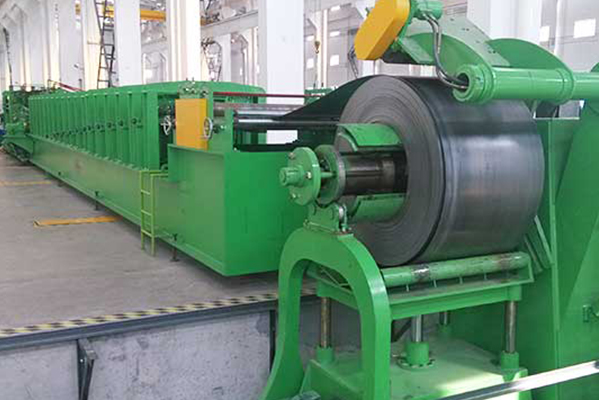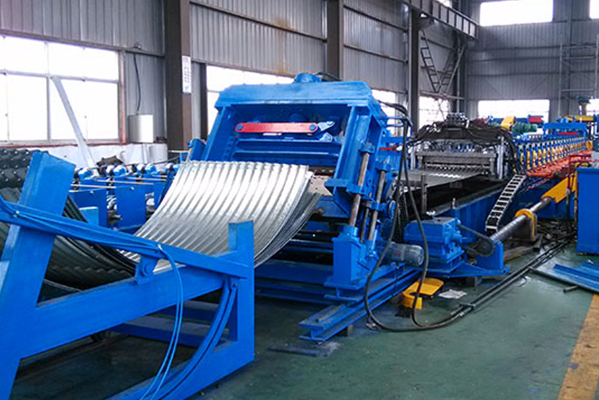Navigation Menu
Contact Us
- Email:
- info@wxavatar.com
- Address:
- Yurong Village, Yuqi Street, Huishan District, Wuxi, China.
Release Date:Oct 26, 2024 Visit:204 Source:ZCM Roll Forming Machine
The market for Steel Silo Roll Forming Machines has been experiencing notable growth in recent years, driven by various factors that have collectively contributed to its expansion. This trend is likely to continue, shaping the future landscape of the industry.

One of the key drivers behind the market expansion of Steel Silo Roll Forming Machines is the increasing demand for efficient storage solutions. With the global population growing and urbanization accelerating, the need for reliable and durable storage structures has never been higher. Steel silos, produced using roll forming machines, offer a robust and cost-effective solution that can meet these demands. Their ability to store a wide range of materials, from agricultural produce to industrial raw materials, makes them an indispensable asset in various sectors.
Moreover, technological advancements have played a crucial role in enhancing the capabilities of Steel Silo Roll Forming Machines. Innovations in automation, precision engineering, and materials science have led to the development of machines that are more efficient, versatile, and user-friendly. These advancements have not only improved the quality and durability of steel silos but also reduced production costs, making them more accessible to a wider range of customers.
The agricultural sector, in particular, has been a significant beneficiary of these technological improvements. As farmers strive to increase productivity and reduce waste, the demand for high-quality steel silos has surged. Steel Silo Roll Forming Machines enable farmers to produce custom-made silos that cater to their specific storage needs, from grain storage in tower silos to livestock feed in bunker silos. This flexibility has contributed to the widespread adoption of steel silos in agricultural practices.
In addition to technological advancements, market expansion is also being fueled by economic factors. The global economy is showing signs of recovery, leading to increased investment in infrastructure and industrial projects. This, in turn, has driven demand for steel silos, as they are often used in the construction of warehouses, factories, and other storage facilities. Furthermore, the rising cost of traditional storage materials, such as wood and concrete, has made steel silos a more economically viable option for many businesses.
The geographical distribution of the Steel Silo Roll Forming Machine market is also worth noting. While traditional markets, such as Europe and North America, continue to be important players, emerging economies in Asia, Africa, and Latin America are experiencing rapid growth. These regions are characterized by rapid urbanization, industrialization, and agricultural expansion, all of which contribute to the increasing demand for steel silos. As a result, Steel Silo Roll Forming Machine manufacturers are expanding their footprints into these markets, establishing partnerships, and investing in local production facilities to capitalize on this growing demand.
Looking ahead, the Steel Silo Roll Forming Machine market is poised for further expansion. Continued technological innovation, coupled with economic growth and infrastructure development, will drive demand for high-quality steel silos. Manufacturers will need to stay ahead of these trends, investing in research and development to create machines that are even more efficient, versatile, and user-friendly. By doing so, they can capitalize on the growing market opportunities and secure their positions as leading providers of steel silo production solutions.

In conclusion, the Steel Silo Roll Forming Machine market is experiencing notable expansion, driven by technological advancements, economic factors, and geographical shifts. This trend is likely to continue, shaping the future of the industry and creating new opportunities for manufacturers and customers alike. As the market evolves, it will be crucial for all stakeholders to stay informed and adapt to the changing landscape, ensuring that they can capitalize on the growing demand for steel silos and roll forming machines.